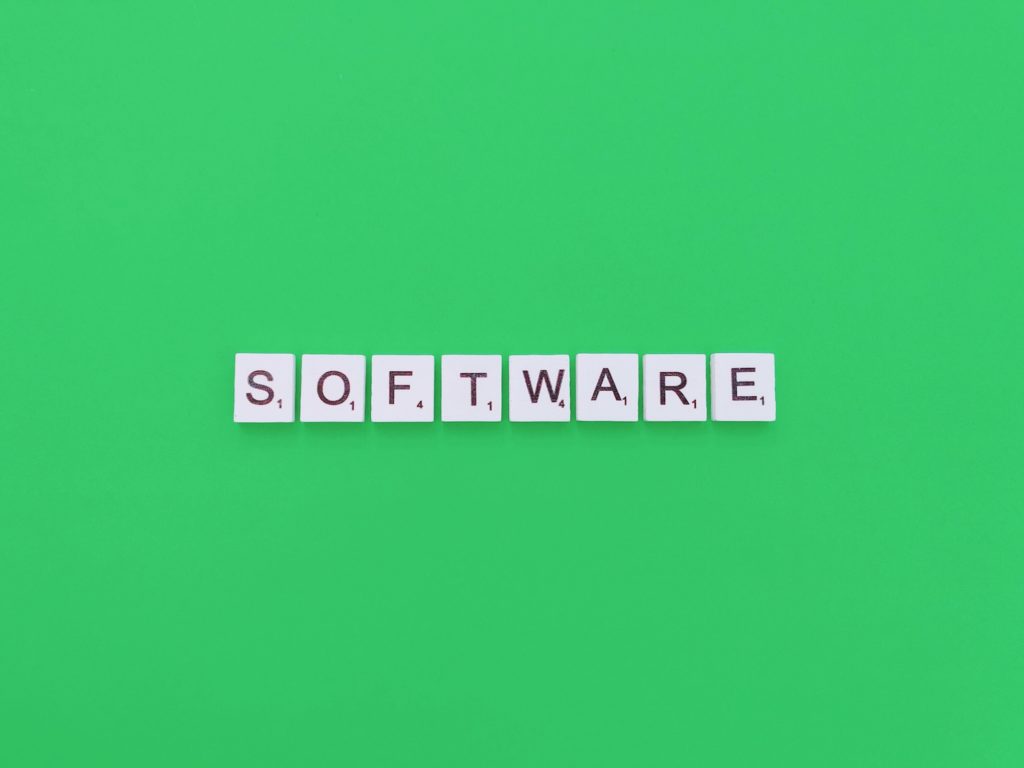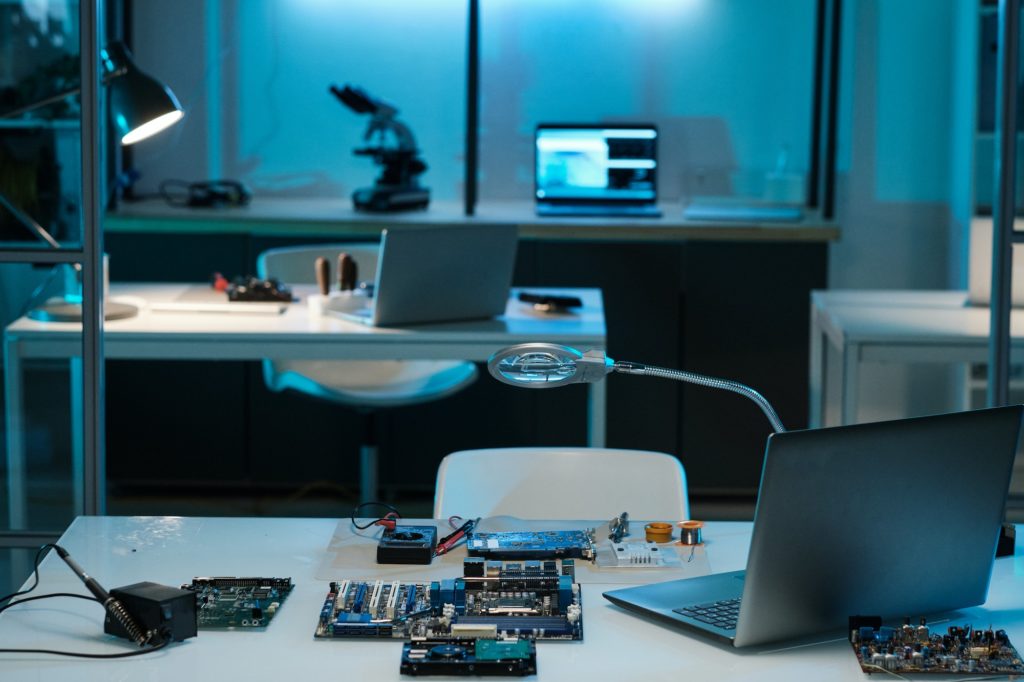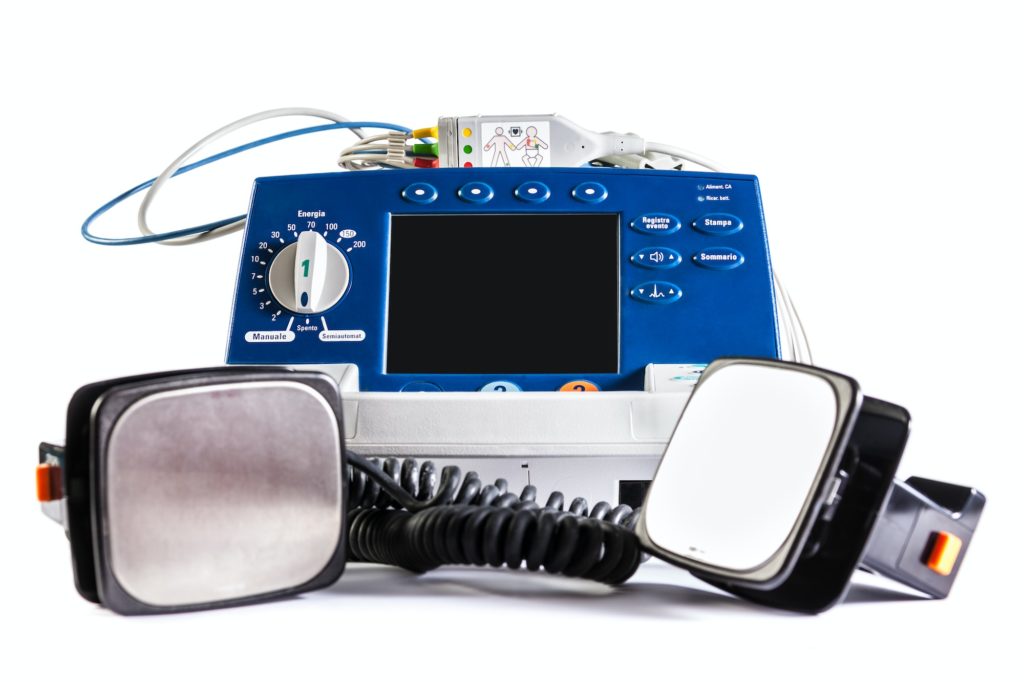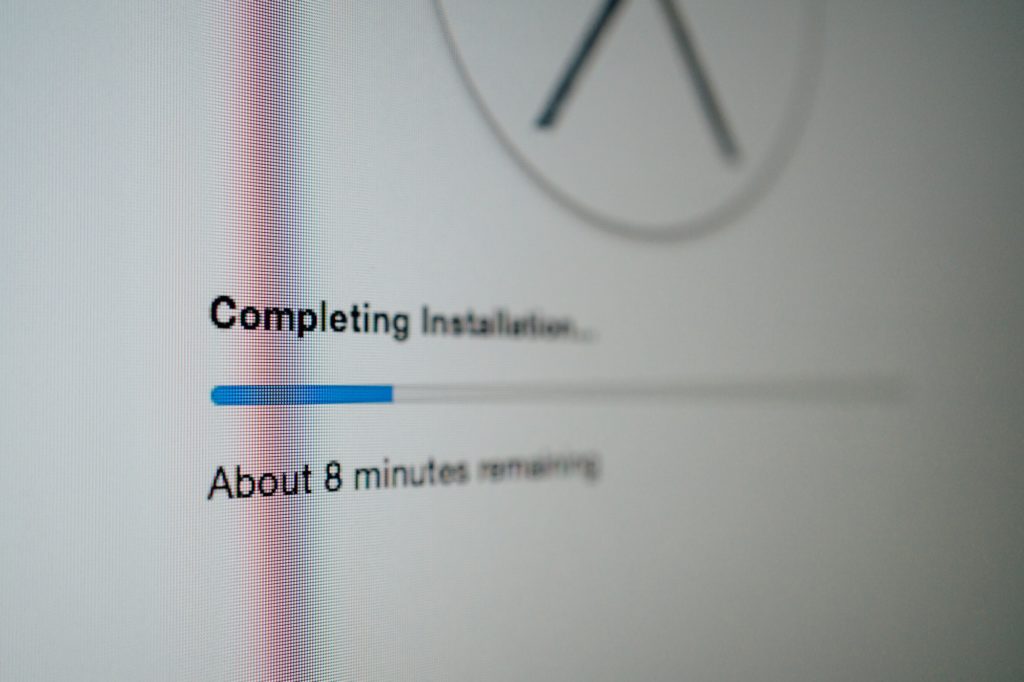Firmware vs. Software: What’s The Difference?

If you work with computers, cell phones, or relatively any modern technological device, chances are you read or heard the words “firmware” and “software.” Sometimes, these words mean different things, and sometimes people use the two terms interchangeably.
Is there a difference between firmware vs. software? Below we outline the differences between the two and use some real-world examples to help you understand the relationship between the two.
What Is Software?

Software tells a computer how to function. It is a set of instructions or data, usually in the form of applications, scripts, and programs used to operate a computer, tablet, cell phone, or other smart devices. In other words, software is designed so users can interact with it to execute specific tasks.
Examples of Software
- Whether you opened this blog on Chrome, Safari, or Firefox, your internet browser is an example of software.
- Whether you’re working on a PC or a Mac computer, both operating systems are software.
- Outlook and Gmail, the two most common email platforms, are both considered software.
- A good rule of thumb is if it’s installed on your computer, smartphone, tablet, or other smart devices, it’s software.
What Is Hardware?

Before we explain what firmware is and how it differs from software, it’s essential that we discuss what hardware is. For something like a computer to function correctly, the software and hardware must work together; hardware cannot perform without software, and software cannot perform without hardware.
Hardware differs from software because it is a physical device, such as a motherboard, that’s required to store and run the software. Software is a collection of code.
Another key difference between software and hardware is that hardware only understands machine-level language. On the other hand, software can take input in human-readable languages, which it then translates into machine-level language.
What Is Firmware?
Firmware can best be defined as a type of lower-level software that exists on hardware and dictates how the hardware interacts with higher-level software, such as an operating system. All hardware requires firmware to operate. What differentiates firmware from software even further is that firmware doesn’t have a user interface that can be accessed from an operating system.
To complicate things: firmware is sometimes referred to as embedded software.
Examples of Firmware

Many of the electronic devices we use daily are controlled by firmware. These include:
- Heart defibrillator
- Lighting systems in office buildings
- The radio in your car
- Your car’s anti-lock braking system (ABS)
- Your car’s engine controls
- Microwaves
- Dishwashers
- Card readers in hotel door locks
- TV cable boxes
- Elevator controllers
An easy way to think of firmware is it’s the important part of a device that enables it to function and power up.
Have you ever heard someone refer to an electronic device as a brick or a doorstop? This is likely the result of firmware issues. The device cannot start up without properly functioning firmware, rendering it useless.
Firmware Vs. Software: An Objective Comparison
| Firmware | Software | |
|---|---|---|
| Function | Controls the device’s specific hardware | Enables users to perform tasks on a computer |
| Update Process | Typically requires specialized tools and careful procedures | Can be updated easily through downloads and installations |
| Examples | BIOS in a computer, firmware in a router | Operating systems (Windows, macOS, Linux) |
| Modification | Often more challenging to modify due to hardware dependencies | Can be easily modified and customized by users |
| Storage Location | Stored in non-volatile memory like ROM or flash | Stored on various media such as hard drives or SSDs |
| Execution | Run directly on the hardware with minimal interaction | Requires an operating system to execute and inter act with hardware |
Firmware vs. Operating System (OS): Are They The Same Thing?

Because firmware is often referred to as the thing that makes devices “tick,” it can be easy to confuse it with an operating system. However, the two are not the same thing.
To explain how firmware works, let’s look at a traffic light. Firmware is what tells the lights to change at regular intervals. Without it, the traffic light would be a random decoration on the side of the road.
For tech-savvy people, firmware is on the computer’s motherboard, enabling it to detect the hard drive and/or video card in your computer. Firmware enables your computer to detect the specific radiofrequency to connect to your WiFi hotspot.
As a final example, let’s look at a smartphone. In this case, firmware acts as the middleman between the hardware and the operating system. If you have a Samsung Galaxy phone, it runs on an Android operating system (OS). Your smartphone’s firmware allows the hardware to communicate correctly with the Android OS and do what you request your phone to do, such as send a text or open an app.
Comparing Firmware vs. OS
| Firmware | Operating System (OS | |
|---|---|---|
| Definition | Software permanently programmed into a hardware device | Software that manages computer hardware and provides common services for computer programs |
| Function | Controls hardware functionality and provides a stable environment for other software to run | Manages hardware resources, provides user interface, and supports application software |
| Examples | BIOS, UEFI | Windows, macOS, Linux |
Firmware Vs. Software: The Bottom Line
Over time, people started to use the terms firmware and software interchangeably. However, as we’ve outlined above, they’re not quite the same thing.
While firmware is a type of software, it’s low-level software that lives on hardware, such as a computer’s motherboard. On the other hand, software is more high-level and uses firmware to communicate with hardware.
If you’re having issues with an electronic device, such as a mobile computer, barcode scanner, POS system, barcode printer, or even your workplace network due to malfunctioning software or firmware, TSI can help. Since 1995, we’ve delivered customer-oriented repairs geared toward improving your ROI by extending the life of your devices, including discontinued models.
Firmware Vs. Software: FAQ
Q: What is firmware on a printer?
Firmware on a printer is essentially the software that’s embedded into the hardware of the printer itself. It’s like the brain of the printer, controlling its functions and operations.
Q: What is a firmware password?
A firmware password is a security measure designed to protect the firmware of a device, such as a computer or a printer. It restricts access to the device’s firmware settings, preventing unauthorized users from making changes that could potentially compromise its security or functionality.
Q: What is custom firmware?
Custom firmware refers to modified or alternative firmware that’s developed by third-party developers rather than the original manufacturer of the device. It’s often created to add new features, improve performance, or bypass restrictions imposed by the original firmware.
Q: What is an operating system?
A: The operating system is software that works with firmware to ensure all hardware functions properly.
Q: What Is The Difference Between Firmware, Software, And Hardware?
A: Hardware is a physical device, such as your monitor, computer processors, RAM, etc., that runs firmware and software. Firmware is a type of software that exists in hardware. It tells the software how to interact with the hardware. Software is any program or application run by a computer or electronic device.